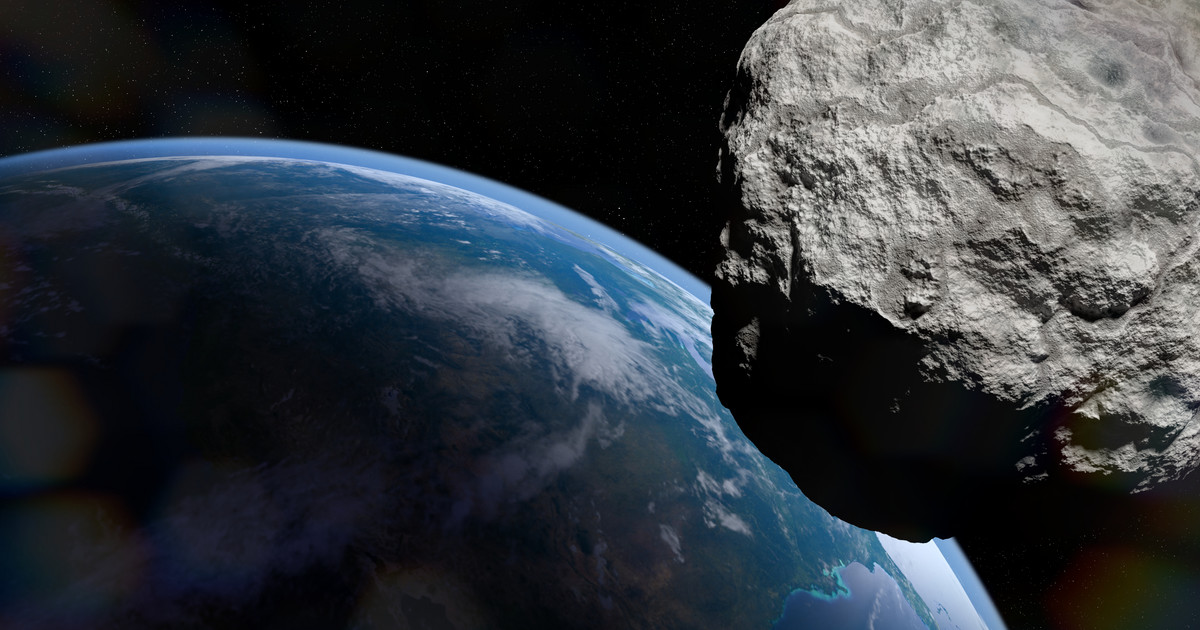About 66 million years ago, an asteroid about 10 kilometers in diameter struck the area of the present-day Yucatán Peninsula, releasing energy equivalent to 100 trillion tons of TNT.
Scientists have long wondered how this event caused rapid climate change. Some point to sulfur particles from evaporated sedimentary rocks, others to soot from global fires or dust from Yucatán rocks crushed by impact.
New research suggests that the most lethal effect of the impact was dust. While soot and sulfur contributed to global darkness and a long winter that halted photosynthesis for about two years, fine granite dust crushed by the impact remained in the atmosphere for up to 15 years. The asteroid impact led to an extinction spiral that claimed 75% of lives. All terrestrial species.
According to a simulation of the ancient climate of the Cretaceous period, dust spread across the planet within a few days after the meteorite fell.
– Research leader, Jim Burke Senel, a researcher with a doctoral degree in planetary sciences at the Royal Observatory in Belgium, told the science portal Live Science.
The space rock that struck the Earth at the end of the Cretaceous period (145-66 million years ago) left a crater 180 kilometers wide and 20 kilometers deep. The materials in this abyss quickly escaped into the atmosphere.
Senel and his colleagues used data from the Tanis site in North Dakota. Scientists measured the size of dust grains in a layer 1.3 meters thick to determine what was thrown into the atmosphere as a result of the collision. They then entered this information into a computer model of the global atmosphere. The simulation indicates that within about a week, dust grains with a diameter of about 0.8 to 8 micrometers spread around the world. These particles are smaller than the diameter of a typical human hair and can easily enter the lungs.
It took at least four years for plants to begin photosynthesis at the rate seen before the impact, and scientists estimate that about half of plant species would have become extinct. However, they were still better off than animals because the seeds could wait in a dormant state for better conditions to sprout again.
While sulfur particles begin to fall from the atmosphere in about 8.5 years, fine dust particles can remain in the atmosphere for 15 years.
– Senel pointed out.
Clay Tabor, a paleoclimatologist at the University of Connecticut who was not involved in the research, told Live Science that the results were interesting but not conclusive. Different studies used different climate models, which may have affected the results, and differences between the models used may explain disagreement among researchers about whether soot or dust has the greater global impact.
– He said.

Echo Richards embodies a personality that is a delightful contradiction: a humble musicaholic who never brags about her expansive knowledge of both classic and contemporary tunes. Infuriatingly modest, one would never know from a mere conversation how deeply entrenched she is in the world of music. This passion seamlessly translates into her problem-solving skills, with Echo often drawing inspiration from melodies and rhythms. A voracious reader, she dives deep into literature, using stories to influence her own hardcore writing. Her spirited advocacy for alcohol isn’t about mere indulgence, but about celebrating life’s poignant moments.









